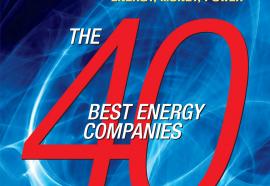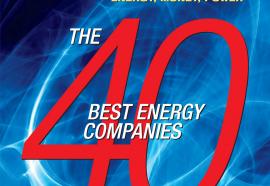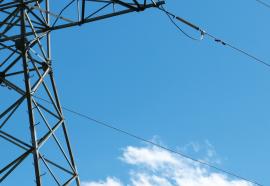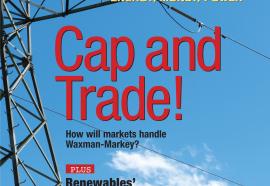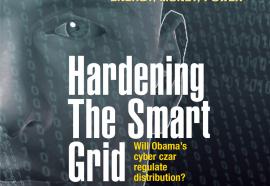'T' Party Revolt
Transmission expansion costs are spread unevenly, driving a wedge between utilities and regions.
Back in June, the Bismarck Tribune ran an interview with North Dakota Public Service Commissioner Tony Clark that showed just how difficult it is to build national consensus for renewable energy.



